In the world of professional sports, big-money contracts are often seen as a sign of a team’s commitment to winning and a player’s immense talent. However, not all of these deals turn out as planned. Injuries, declining performance, and unforeseen circumstances can turn a lucrative contract into a financial burden for teams. The following list highlights some of the most notable examples where massive sports contracts didn’t live up to expectations, providing a sobering reminder of the risks involved in betting on athletic success.
Albert Pujols (Los Angeles Angels) – $240 million
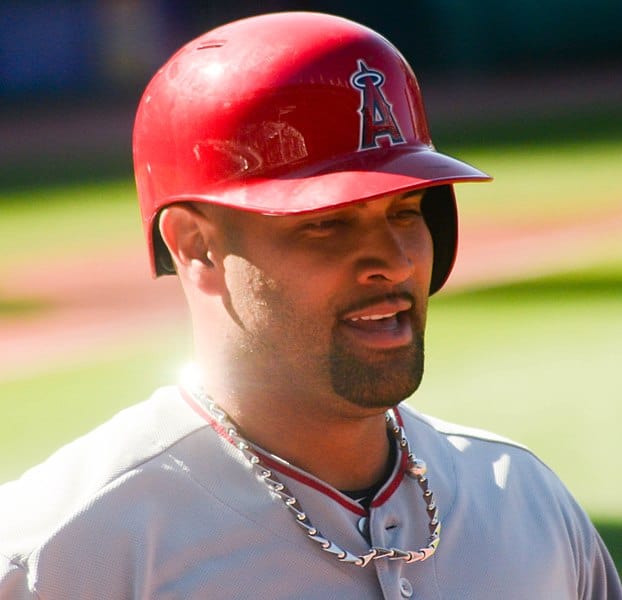
Albert Pujols signed a 10-year, $240 million contract with the Los Angeles Angels in 2011, a deal that was supposed to solidify his status as one of the greatest hitters in baseball. However, age caught up with Pujols quickly, and his production declined significantly, making him a shadow of his former self. The Angels, expecting MVP-caliber seasons, instead got an overpaid, underperforming player who struggled with injuries. His batting average and home run numbers dipped year after year, failing to justify the massive contract. By the time his contract ended, it was clear that the deal was one of the worst in MLB history.
Alex Rodriguez (Texas Rangers) – $252 million
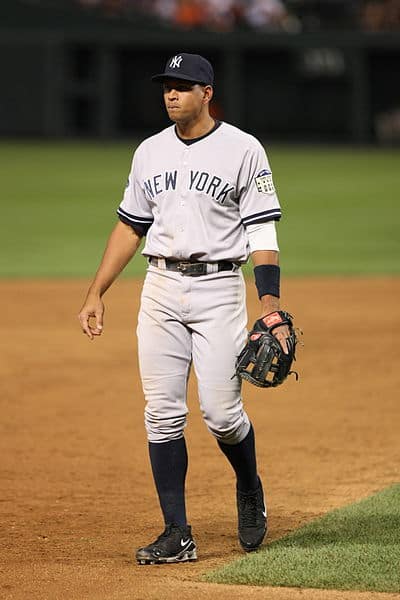
In 2000, Alex Rodriguez inked a groundbreaking 10-year, $252 million deal with the Texas Rangers, making him the highest-paid player in sports at the time. While Rodriguez put up impressive numbers, the Rangers’ investment didn’t translate into team success, as they continued to languish at the bottom of their division. The weight of A-Rod’s contract also hindered the team’s ability to build a competitive roster around him. After just three seasons, the Rangers traded Rodriguez to the New York Yankees, with Texas still paying a significant portion of his salary. The contract was more of a financial burden than a boon for the Rangers.
Rick DiPietro (New York Islanders) – $67.5 million
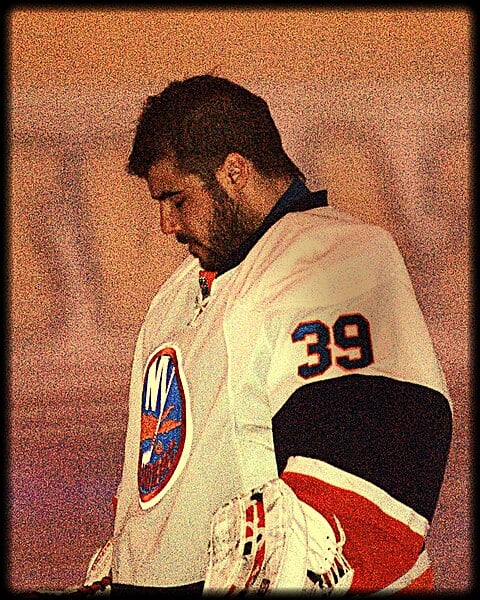
The New York Islanders shocked the hockey world in 2006 when they signed goaltender Rick DiPietro to a 15-year, $67.5 million contract, betting on his potential as a franchise cornerstone. Unfortunately, injuries plagued DiPietro throughout his career, rendering him unable to live up to the massive deal. The Islanders were left with a long-term contract for a player who could barely stay on the ice, let alone perform at an elite level. By the time the team bought out his contract in 2013, DiPietro had played only 50 games in the last five seasons combined. The deal remains a cautionary tale in the NHL.
Gilbert Arenas (Washington Wizards) – $111 million
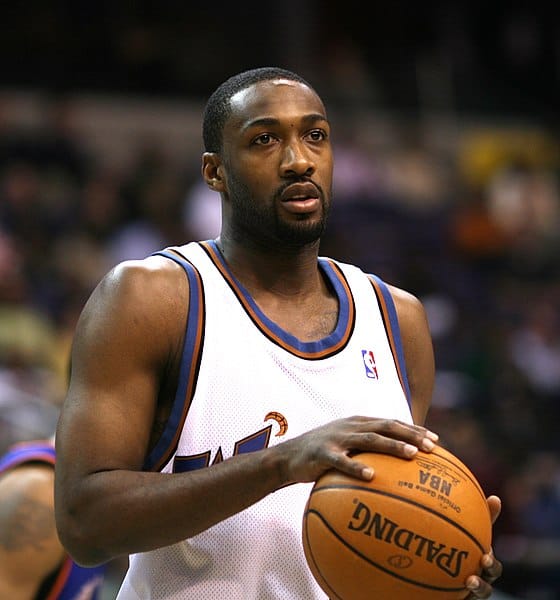
After a few standout seasons with the Washington Wizards, Gilbert Arenas was rewarded with a six-year, $111 million contract in 2008. The investment quickly soured, as Arenas’ career was derailed by injuries and off-court controversies, including a notorious locker room incident involving firearms. The Wizards were stuck paying top dollar for a player who could no longer contribute at a high level. Arenas’ decline was swift, and by 2010, he was traded away, with the Wizards still burdened by the remaining years of his contract. This deal is often cited as one of the NBA’s most regrettable.
Jacoby Ellsbury (New York Yankees) – $153 million
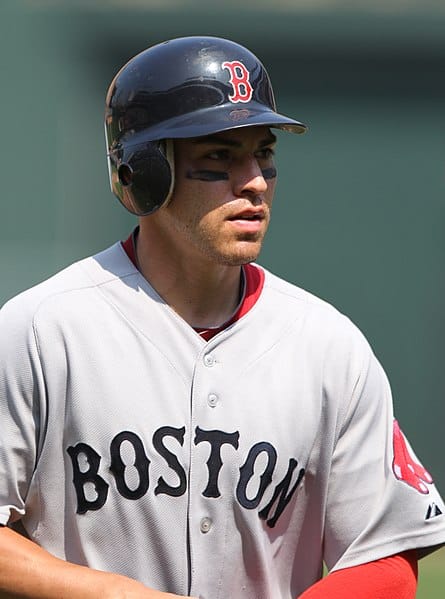
The New York Yankees signed Jacoby Ellsbury to a seven-year, $153 million contract in 2013, hoping he would replicate his stellar play from his time with the Boston Red Sox. Instead, Ellsbury became a symbol of wasted potential and injury woes. His performance on the field never matched the expectations, as he struggled with consistency and staying healthy. By the end of his contract, Ellsbury was effectively sidelined and hadn’t played since 2017, leading the Yankees to release him with millions still owed. The deal is often remembered as one of the Yankees’ worst free-agent signings.
Sam Bradford (St. Louis Rams) – $78 million
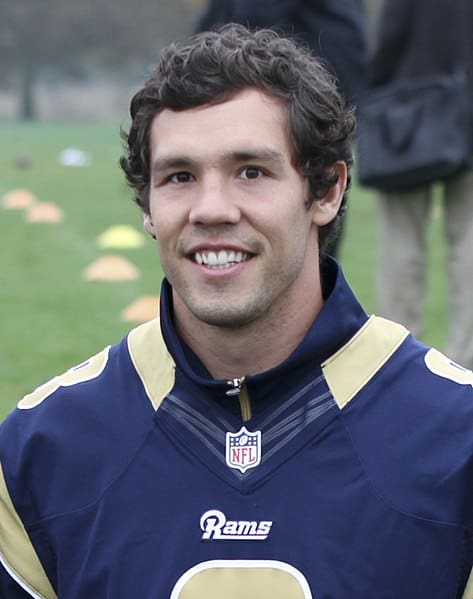
Sam Bradford entered the NFL as the first overall pick in the 2010 draft, signing a six-year, $78 million contract with the St. Louis Rams. Unfortunately, Bradford’s career was plagued by injuries, preventing him from ever reaching his full potential. Despite flashes of talent, he couldn’t stay healthy enough to lead the Rams to success, and the franchise remained mired in mediocrity. Bradford’s contract was one of the last massive rookie deals before the NFL instituted a rookie wage scale, making his failure all the more notable. His time with the Rams is remembered more for unfulfilled promise than on-field achievement.
David Beckham (LA Galaxy) – $250 million

David Beckham’s 2007 move to Major League Soccer’s LA Galaxy on a five-year, $250 million deal was meant to be a landmark moment for the sport in the United States. While Beckham brought global attention to the league, his on-field contributions were less than stellar, especially in the early years. Injuries and loan spells back to Europe limited his impact, leading to frustration among fans and teammates alike. The Galaxy did eventually find success with Beckham, but it took years, and the investment was seen as a gamble that didn’t fully pay off in the short term. The deal’s success is often debated, with off-field gains overshadowing on-field results.
Ryan Howard (Philadelphia Phillies) – $125 million
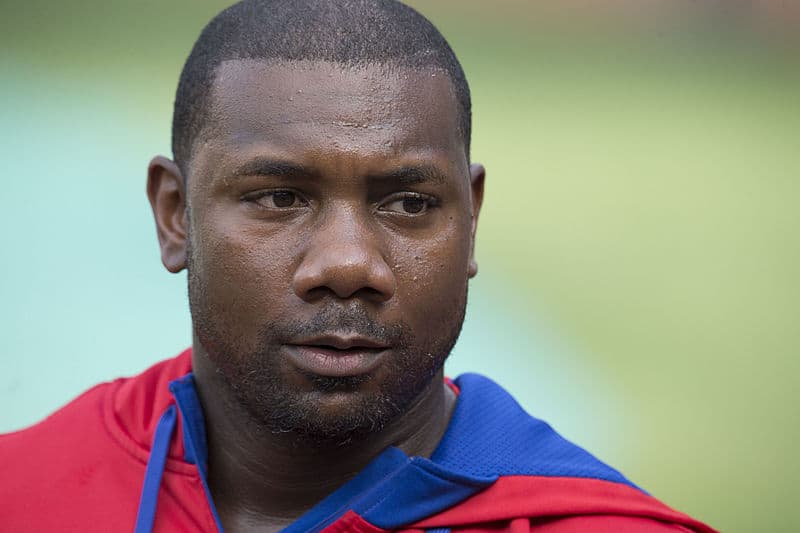
Ryan Howard was a crucial figure in the Philadelphia Phillies’ success in the late 2000s, prompting the team to reward him with a five-year, $125 million extension in 2010. Unfortunately, Howard’s production declined rapidly after signing the deal, due in large part to a devastating Achilles injury. His once-feared power at the plate diminished, and he became a liability rather than an asset. The Phillies were stuck paying a premium for a player whose best years were clearly behind him. Howard’s contract became a significant burden for the team as they entered a period of rebuilding.
Jayson Werth (Washington Nationals) – $126 million
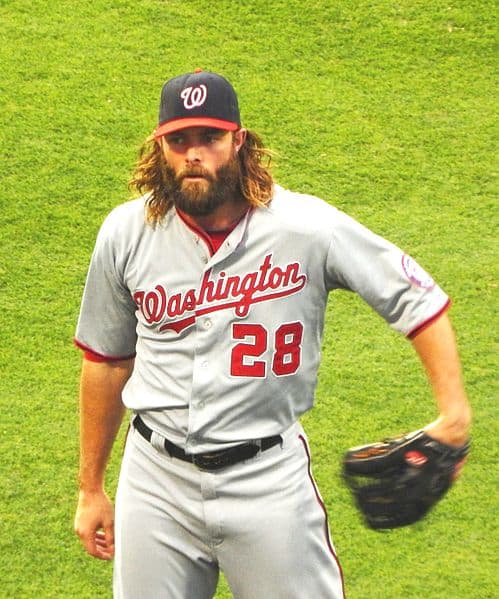
In 2010, the Washington Nationals shocked the baseball world by signing Jayson Werth to a seven-year, $126 million contract, hoping to fast-track their rebuild. While Werth had his moments with the Nationals, his overall performance fell short of what was expected for such a large contract. Injuries and inconsistent play marred his tenure, and he never fully lived up to the billing of a franchise-changing player. By the time his contract was up, the Nationals had begun to find success, but Werth was more of a veteran presence than a key contributor. The deal is often criticized for its lack of return on investment.
Chris Davis (Baltimore Orioles) – $161 million
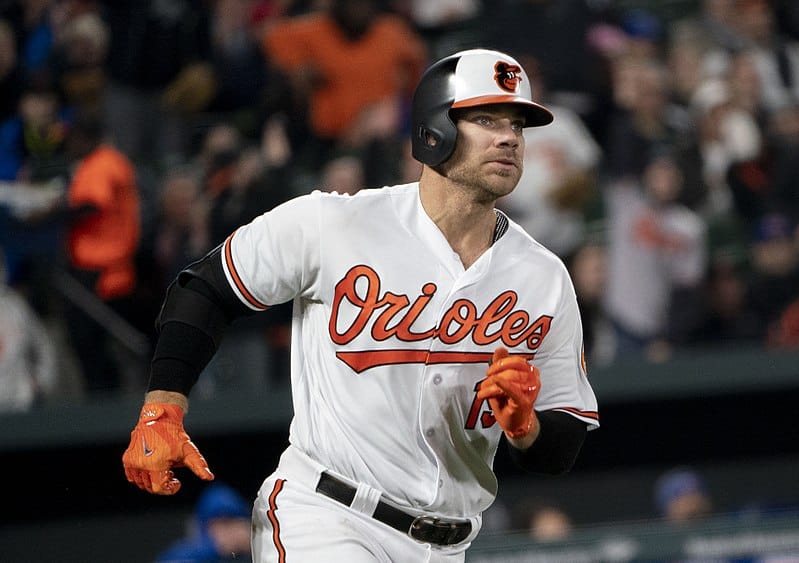
Chris Davis signed a seven-year, $161 million contract with the Baltimore Orioles in 2016, following a 47-home-run season. Unfortunately, Davis’ performance nosedived almost immediately after signing the deal, making him one of the least productive players in the league. His struggles at the plate became legendary, with lengthy hitless streaks and a rapidly declining batting average. The Orioles, stuck with an albatross of a contract, had no choice but to bench or release him as his performance continued to deteriorate. Davis’ contract is often cited as a prime example of a high-risk, high-reward deal that went disastrously wrong.
Joe Johnson (Atlanta Hawks) – $123.7 million
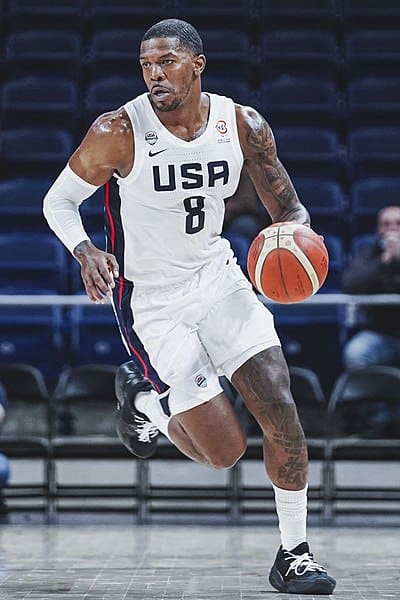
Joe Johnson signed a six-year, $123.7 million contract with the Atlanta Hawks in 2010, making him one of the highest-paid players in the NBA at the time. While Johnson was a solid scorer, he never quite justified the enormous contract, as the Hawks struggled to get past the early rounds of the playoffs. His play, though consistent, lacked the superstar impact that the team had hoped for. The contract became a burden, especially as Johnson aged and his production declined. The Hawks eventually traded him to the Brooklyn Nets, who inherited what many viewed as one of the league’s most bloated contracts.
Matt Flynn (Seattle Seahawks) – $19.5 million
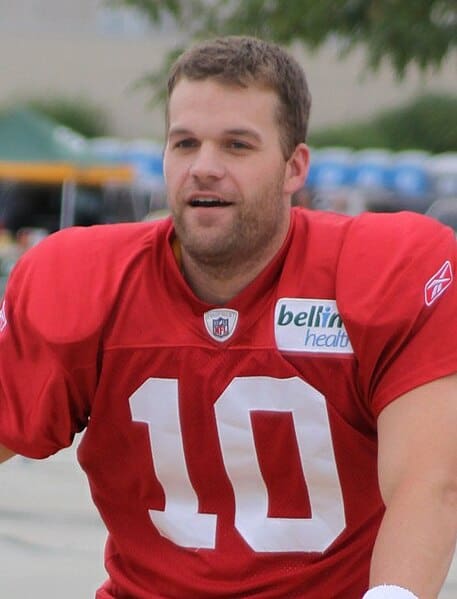
The Seattle Seahawks signed quarterback Matt Flynn to a three-year, $19.5 million contract in 2012 after a couple of impressive games as a backup with the Green Bay Packers. Flynn was expected to be the Seahawks’ starting quarterback, but he lost the job in training camp to rookie Russell Wilson, who would go on to lead the team to great success. Flynn, relegated to the bench, never lived up to the expectations that came with his contract. He was eventually traded after making minimal impact with the Seahawks. The deal is remembered more for Wilson’s emergence than Flynn’s contributions.
Allan Houston (New York Knicks) – $100 million
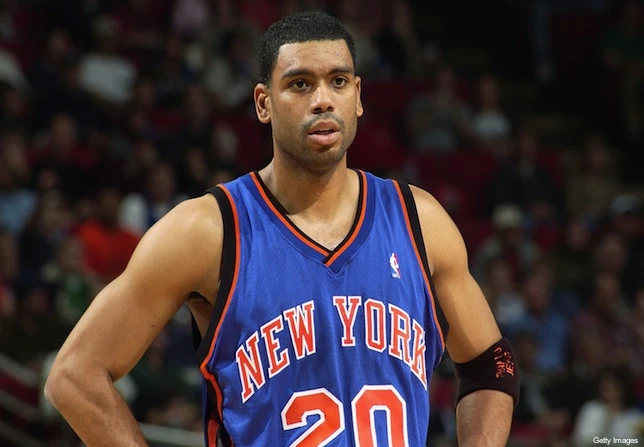
Allan Houston signed a six-year, $100 million contract with the New York Knicks in 2001, which at the time made him one of the highest-paid players in the NBA. While Houston was a talented scorer, injuries soon began to take their toll, and his production declined. The Knicks were left paying top dollar for a player who spent more time on the bench than on the court. Houston’s contract became an albatross, hampering the Knicks’ ability to build a competitive team. The deal is often cited as one of the worst in the franchise’s history.
Michael Vick (Philadelphia Eagles) – $100 million

After making a remarkable comeback with the Philadelphia Eagles, Michael Vick was rewarded with a six-year, $100 million contract in 2011. However, injuries and inconsistent play soon returned, and Vick struggled to replicate the form that had earned him the deal. The Eagles eventually moved on from Vick, leaving the hefty contract as a reminder of the risks involved in betting on a player’s resurgence. Vick’s performance never matched the investment, making the contract one of the more regrettable ones in recent NFL history.
Mike Hampton (Colorado Rockies) – $121 million
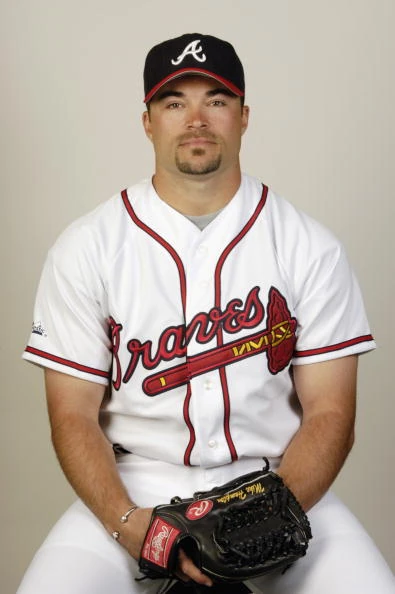
In 2000, Mike Hampton signed an eight-year, $121 million contract with the Colorado Rockies, making him the highest-paid pitcher in baseball at the time. However, Hampton struggled mightily in the thin air of Denver, posting some of the worst numbers of his career. The Rockies’ sizable investment quickly became a burden as Hampton failed to live up to the expectations that came with such a lucrative deal. He was eventually traded, but the damage was done, and the Rockies were left to rue what is often considered one of the worst free-agent signings in MLB history.
Stephon Marbury (New York Knicks) – $76 million
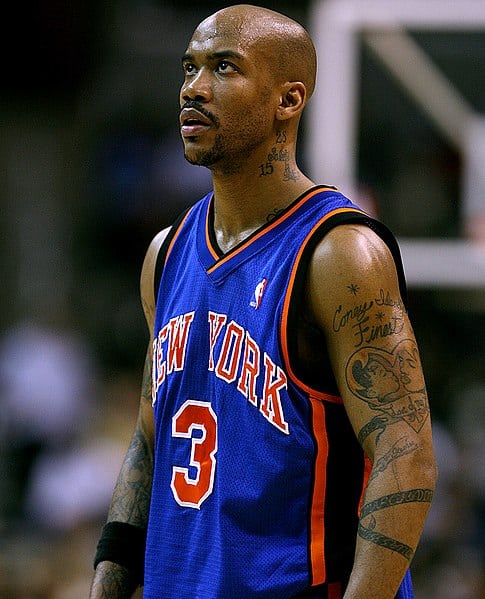
Stephon Marbury was supposed to be the star that the New York Knicks could build around when they acquired him and signed him to a four-year, $76 million contract in 2004. Unfortunately, Marbury’s tenure with the Knicks was marred by clashes with coaches, poor performance, and off-court distractions. The team’s fortunes only worsened during his time in New York, and Marbury became more known for his controversies than his play on the court. His contract became a significant burden for a franchise that was already struggling to regain its former glory. Marbury’s stint with the Knicks is often cited as a low point in the team’s history.
Shawn Kemp (Portland Trail Blazers) – $107 million
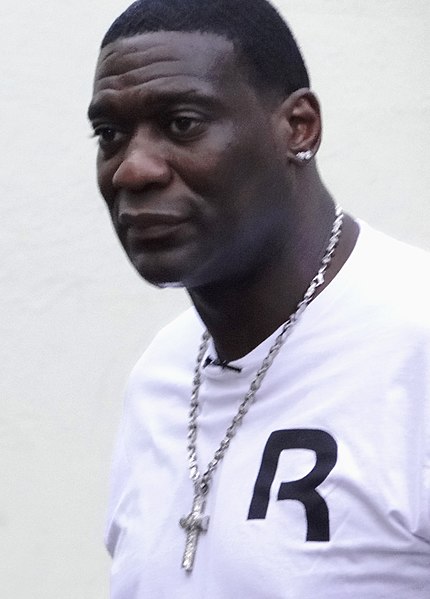
Shawn Kemp signed a seven-year, $107 million contract with the Portland Trail Blazers in 1997, hoping to continue his dominance as one of the NBA’s top power forwards. However, Kemp’s career took a downward turn due to weight issues and off-court problems, and his performance declined sharply. The Blazers were left with a massive contract for a player who could no longer contribute at an elite level. Kemp’s time in Portland is remembered more for unfulfilled potential than for any significant achievements on the court. The deal is often pointed to as one of the more disappointing in NBA history.
DeMarco Murray (Philadelphia Eagles) – $42 million
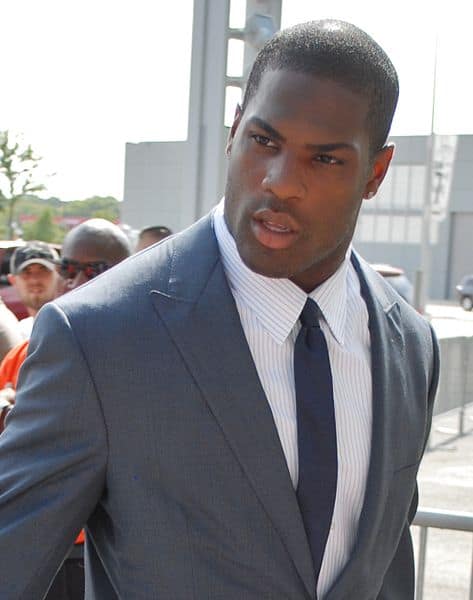
After leading the NFL in rushing yards in 2014, DeMarco Murray signed a five-year, $42 million contract with the Philadelphia Eagles in 2015. Unfortunately, Murray struggled to fit into the Eagles’ offensive system, and his production plummeted. The team quickly realized that they had overpaid for a player who was not a good fit for their scheme, leading to frustration on both sides. Murray was traded after just one season, making his contract one of the more regrettable decisions in recent Eagles history. The deal serves as a reminder of the risks involved in paying top dollar for a running back.
John Wall (Washington Wizards) – $170 million
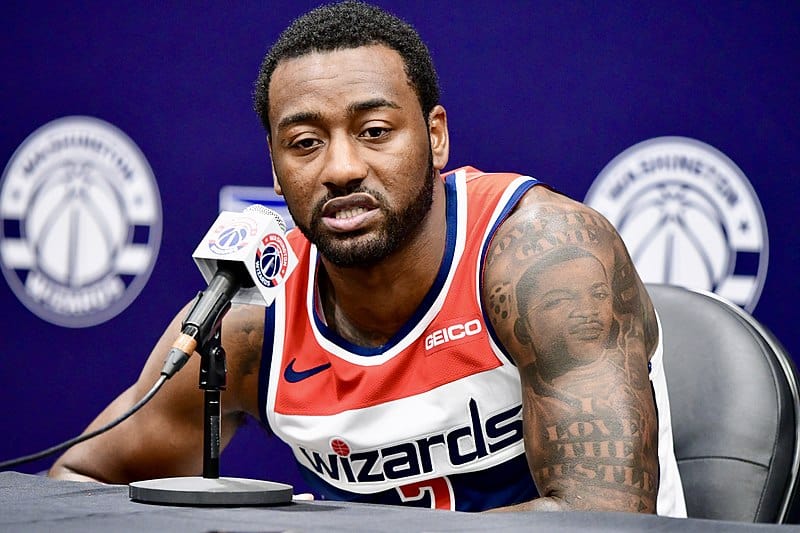
John Wall signed a four-year, $170 million contract extension with the Washington Wizards in 2017, making him one of the highest-paid players in the NBA. However, injuries soon derailed Wall’s career, and he played in only 41 games over the next three seasons. The Wizards were left paying a superstar salary for a player who was unable to stay on the court, let alone perform at an elite level. Wall’s contract became a significant burden for the team as they tried to rebuild. The deal is often cited as one of the most unfortunate in recent NBA history.
Ken Griffey Jr. (Cincinnati Reds) – $116.5 million

Ken Griffey Jr., one of baseball’s most iconic players, was traded to the Cincinnati Reds in 2000 and signed a nine-year, $116.5 million contract. While Griffey was expected to lead the Reds to greatness, injuries plagued his time in Cincinnati, limiting his effectiveness. Griffey’s production fell far short of expectations, and the Reds struggled to build a winning team around him. The deal, which was supposed to bring a hometown hero back to glory, instead became a story of what could have been. Griffey’s contract with the Reds is often remembered as one of baseball’s most disappointing.
This article originally appeared on Rarest.org.
More From Rarest.Org
When it comes to pampering your pets, high-end accessories offer a perfect blend of luxury and functionality. From designer collars to plush beds, these items ensure your furry friends live in style and comfort. Read more.
Europe is home to countless stunning beaches, but some of the most beautiful remain hidden along its lesser-known coasts. These secluded spots offer a peaceful escape from the more crowded tourist destinations, allowing you to experience the natural beauty of the continent in a serene setting. Read more.
Yachts are the epitome of luxury, offering unparalleled comfort and style on the open seas. These floating mansions are more than just vessels; they’re symbols of wealth and status, equipped with state-of-the-art amenities and crafted with exquisite attention to detail. Read more.



